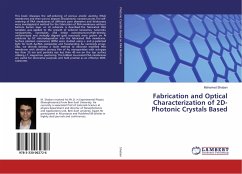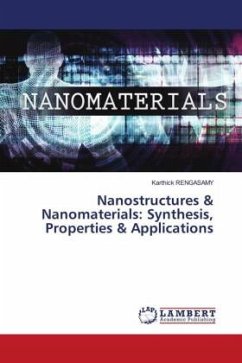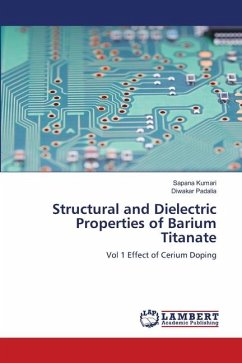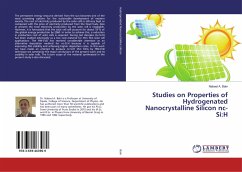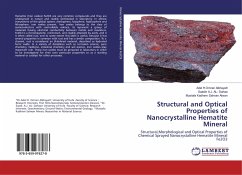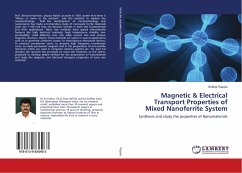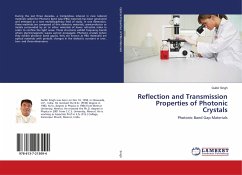
Reflection and Transmission Properties of Photonic Crystals
Photonic Band Gap Materials
Versandkostenfrei!
Versandfertig in 6-10 Tagen
33,99 €
inkl. MwSt.

PAYBACK Punkte
17 °P sammeln!
During the last three decades, a tremendous interest in new tailored materials called the Photonic Band Gap (PBG) materials has been generated and emerged as a new multidisciplinary field of study. In one dimension, these materials are composed of thin dielectric materials, semiconductor or metals surrounded by air or other materials of lower refractive index in order to confine the light wave. These structures exhibit frequency bands where electromagnetic waves cannot propagate. Photonic crystals (when they exhibit photonic band gap(s), they are known as PBG materials) are optical materials w...
During the last three decades, a tremendous interest in new tailored materials called the Photonic Band Gap (PBG) materials has been generated and emerged as a new multidisciplinary field of study. In one dimension, these materials are composed of thin dielectric materials, semiconductor or metals surrounded by air or other materials of lower refractive index in order to confine the light wave. These structures exhibit frequency bands where electromagnetic waves cannot propagate. Photonic crystals (when they exhibit photonic band gap(s), they are known as PBG materials) are optical materials with periodic changes in the dielectric constant in one-, two- and three-dimensions.



